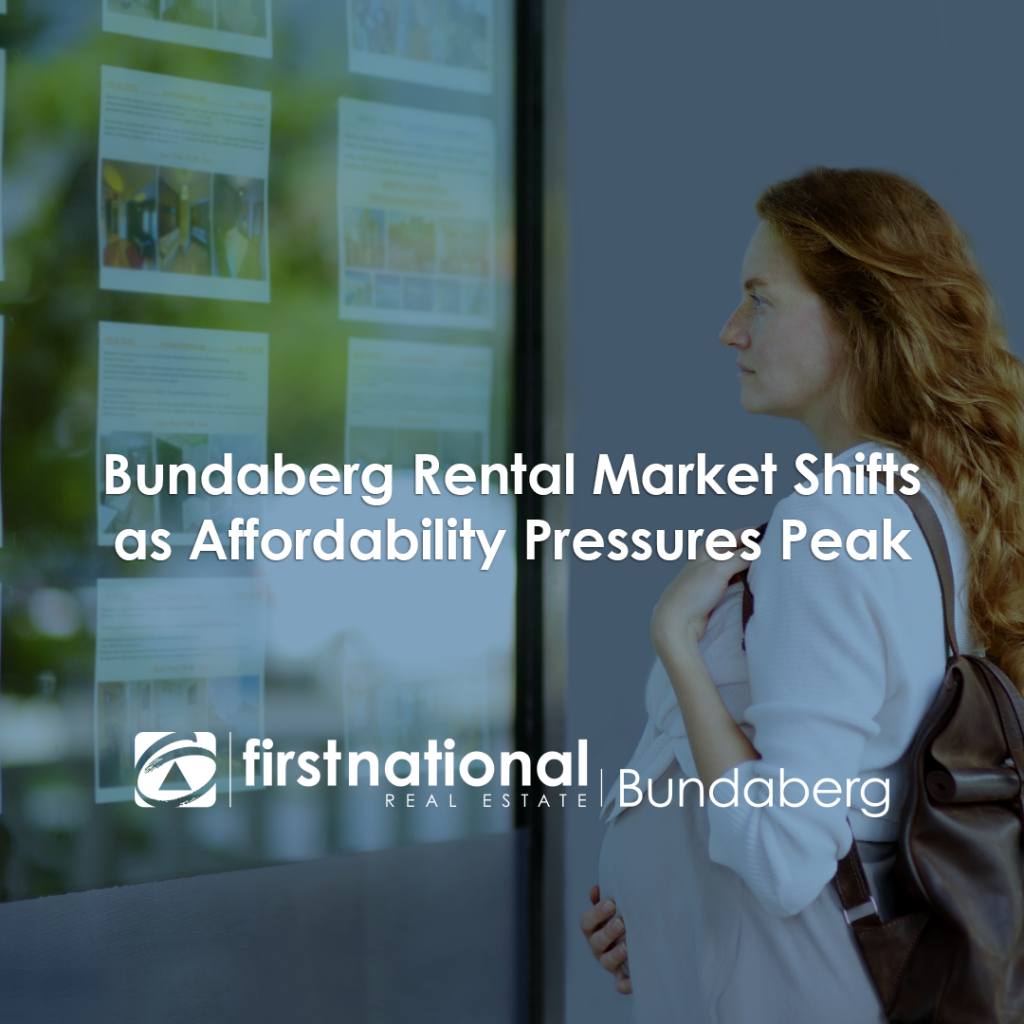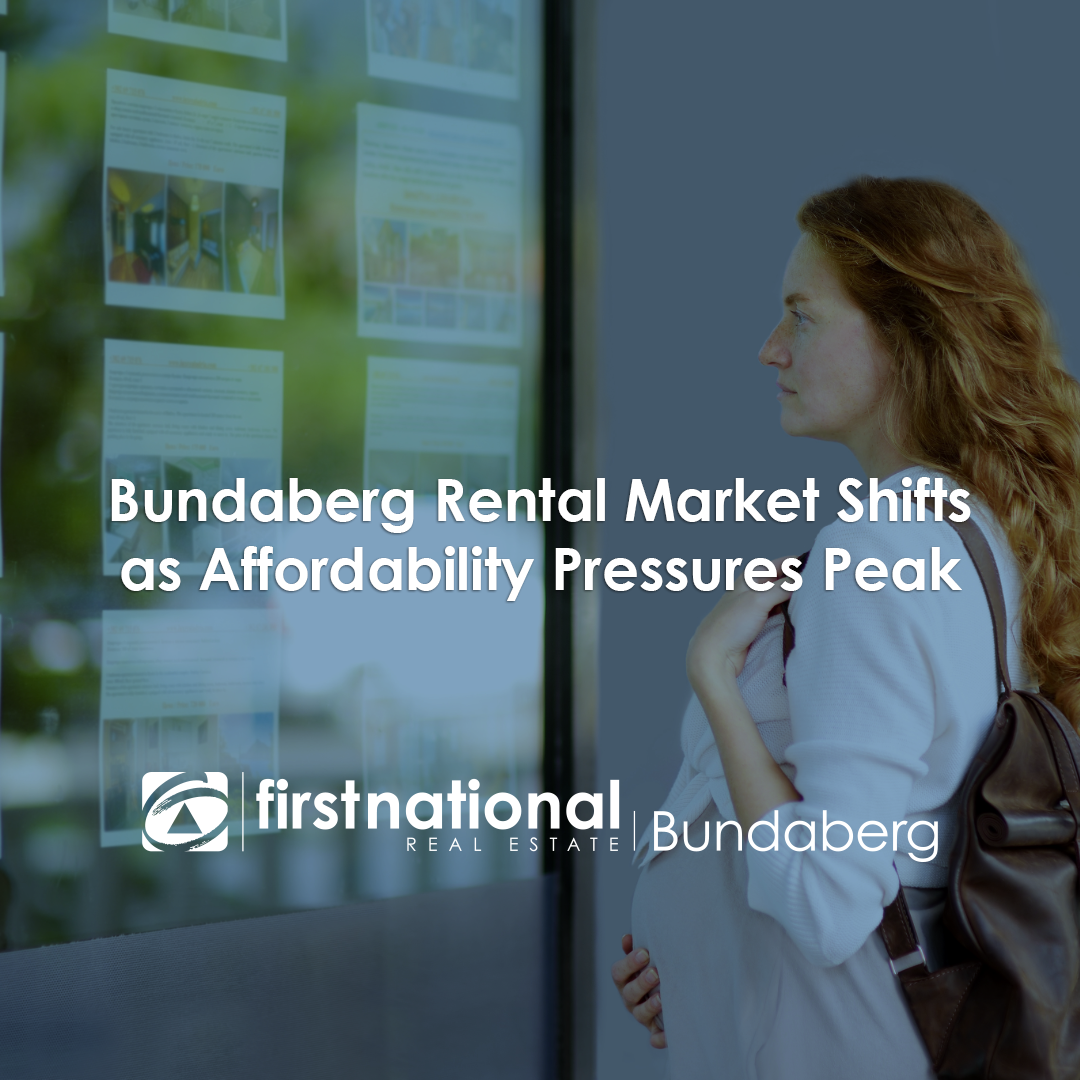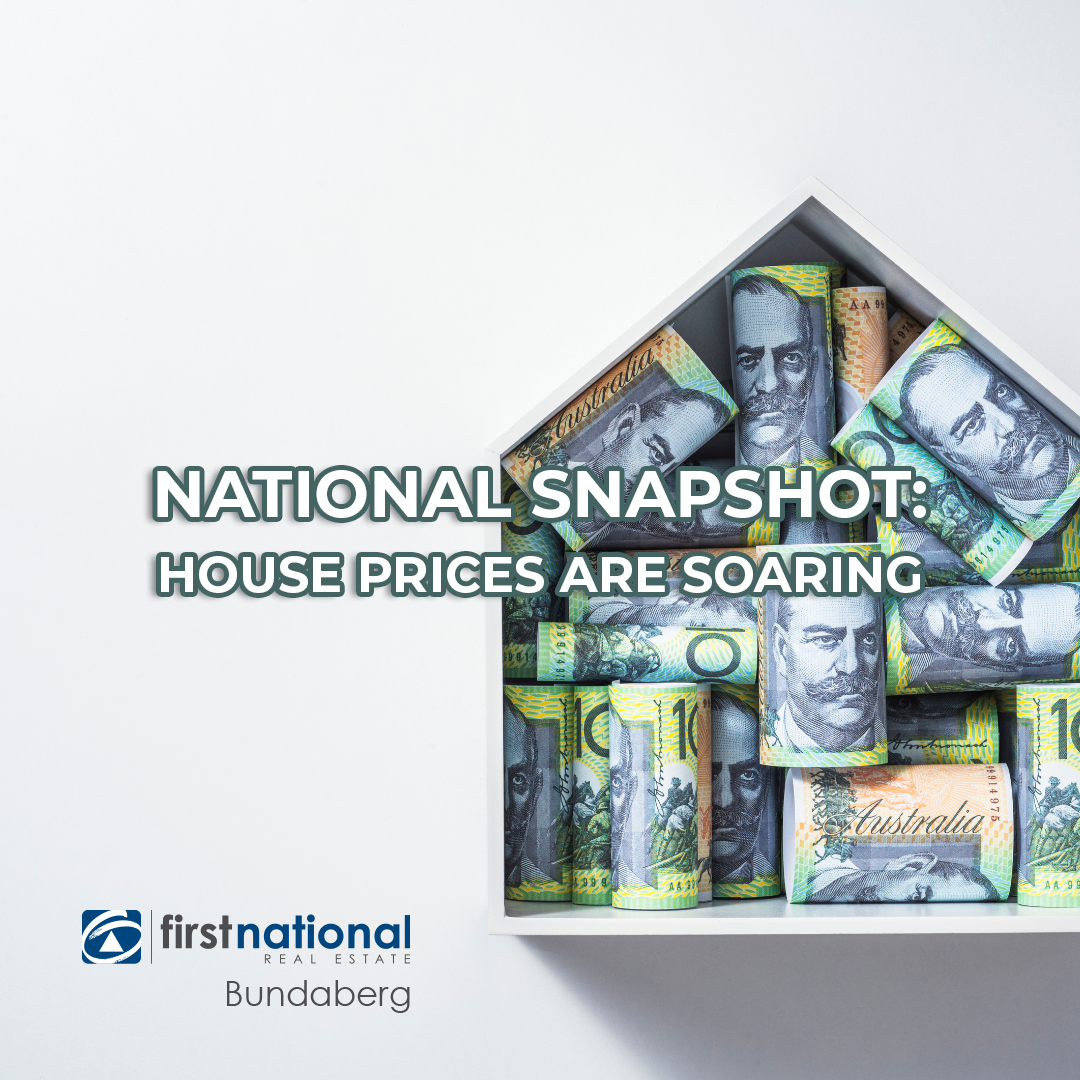
After years of rapid rental growth across the nation, signs are emerging that Australia’s rental market—including right here in Bundaberg—is beginning to cool. While that may bring some welcome news to renters, it also signals an important transition period for local property investors who have benefited from rising yields in recent years.
From Red-Hot to Reset: Rents Hit a Plateau
According to the latest Rent Report from Domain and Pepper Money, the combined capital cities have now experienced four consecutive quarters of flat house rents—the first time this has happened since 2019. In simple terms, renters are stretched to their financial limits, and even the most competitive markets are starting to feel the squeeze.
"Cost of living pressures have reached a tipping point," says Domain’s Chief of Research and Economics, Dr Nicola Powell. "Renters are maxed out, and landlords are being forced to hold steady."
This trend is being reflected at the local level, with Bundaberg tenants also making sharper decisions around what they can afford, how much space they really need, and where they’re willing to live. Smaller homes, units, and granny flats are now commanding higher attention than ever before.
Bundaberg's Market: Holding Strong, With Shifting Demand
While Brisbane, Sydney and Melbourne have seen their slowest June quarter growth in years, regional Queensland continues to show resilience. Bundaberg in particular is benefiting from:
-
Lower entry prices for investors
-
Stable tenant demand thanks to migration from cities
-
Ongoing rental shortages, especially in well-located, low-maintenance homes and duplexes
Units in Bundaberg are experiencing increased demand from renters who are prioritising affordability and convenience over size. This mirrors national data, where unit rents are rising faster than house rents in nearly every major city.
Vacancy Rates: The Pinch is Still On
Despite the slowdown in rental growth, competition for available rentals remains fierce. National vacancy rates have dropped below 2%, with some regional pockets—including parts of Bundaberg—functionally operating at near-zero availability for certain property types.
This tight market means investors are still in a strong position to attract long-term tenants, particularly if their properties are well-presented, pet-friendly, or located near schools, hospitals or employment hubs.
The Outlook: Time for Smart Investment Moves
Looking ahead, we may start to see more balance return to the market. According to Domain, increased investor activity—paired with government support for first-home buyers—could ease the pressure on supply over the coming year. However, the broader affordability crisis still looms large.
For Bundaberg property investors, this presents a window of opportunity:
-
Review rental pricing strategies – With growth slowing, now is the time to focus on tenant retention and long-term consistency.
-
Consider value-adding upgrades – Simple improvements (like air conditioning, solar, or fenced yards) can lift rental appeal without overcapitalising.
-
Explore new asset types – Dual living homes, units, and affordable duplexes remain in high demand from renters and downsizers.
-
Work with a local expert – Now more than ever, investors need property managers who understand Bundaberg’s shifting rental trends and can guide you in maximising yield.
Finance Matters: Flexibility is Key
As Pepper Money CEO Mario Rehayem points out, access to finance remains a crucial part of the puzzle. With more buyers navigating self-employment, casual incomes or non-traditional pathways into property investment, working with a savvy mortgage broker can make all the difference.
“Whether you're a first-time investor or expanding your portfolio, flexible financing options and local advice are key,” Rehayem said. “Partnering with professionals who understand your long-term goals can help you stay ahead.”
Final Thoughts: Is the Boom Over?
Not quite. What we’re seeing now is a market reset, not a reversal. For Bundaberg investors, this period is about adjusting expectations, reading the local signals, and making strategic moves to stay ahead of the curve.
The days of double-digit rent rises may be behind us—for now—but the fundamentals in Bundaberg remain solid: strong demand, low vacancy, and attractive yields compared to metro areas. In fact, this could be the best time to buy and hold, especially with more renters making the sea-change lifestyle move to regions like ours.
Want to explore what this market means for your portfolio?
Get in touch with our experienced team at First National Real Estate Bundaberg — we're here to help you invest smarter in the local market.




